Electronics and computers Cameras Compact
()Sort by
-
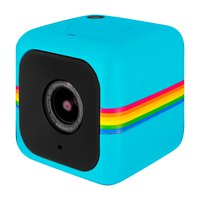
Polaroid Cube Plus Sports Camera
167.99 €
-

Polaroid Cube Plus Sports Camera
169.99 €
-

Easypix e Hawk+ Camera
159.99 €
-
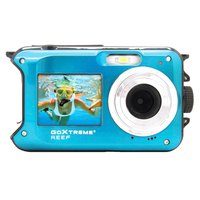
Easypix GoXtreme Reef Camera
89.66 €
-

Easypix Aquapix W3048 Edge Underwater Camera
106.99 €
-
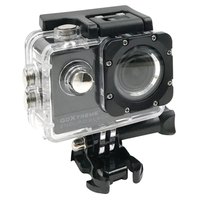
Easypix GoXtreme Enduro Camera
64.49 €
-
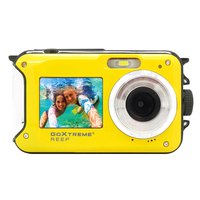
Easypix GoXtreme Reef Underwater Camera
89.66 €
-
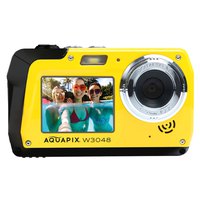
Easypix Aquapix W3048 Edge Underwater Camera
106.99 €
-
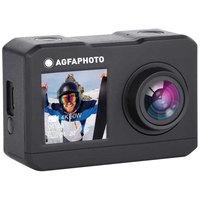
Agfa AC7000BK Action Camera
65.99 €
-
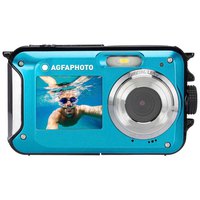
Agfa Realishot WP8000 Underwater Camera
99.99 €
-

Insta360 ONE X2 POCKET Action Camera
390.55 €
-
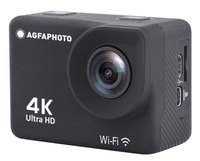
Agfa Realimove AC9000 Cam
83.49 €
-

Agfa Realimove AC7000 Action Camera
35.57 €
-
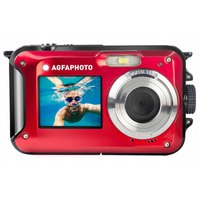
Agfa WP8000RD Action Camera
104.99 €
-
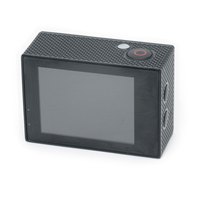
Best Divers Becam EIS 4K Action Cam
130.99 €
-
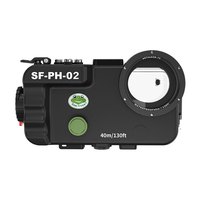
Sea Frogs Smarthousing For Huawei P20/P30/P40
299.49 €
-

Weefine Vacuum System Adapter M16 H17
19.99 €
-
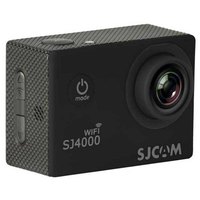
SJCAM SJ4000 WIFI Action Camera
79.99 €
-
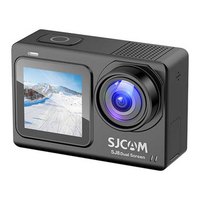
SJCAM SJ8 Action Camera
143.49 €
-

SJCAM SJ8 Air Action Camera
139.99 €
-
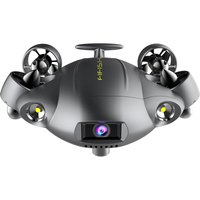
Qysea Fifish V6 Expert M200 Drone
3499 €
-

Discovery Expedition Action Camera
46.49 €
-

Midland H5 Pro 4K@30fps 5MP Cam
112.99 €
-

Braun Photo Action Champion Camera
106.99 €
-

Amkov AMK7000S Action Camera 4K
87.99 €
-

Sea Frogs Housing For Sony A7SIII With Flat Port And Dry Dome 8
878.99 €
-
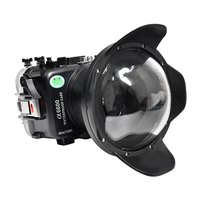
Sea Frogs Housing For Sony A6600 With Dry Dome 6
798.99 €
-
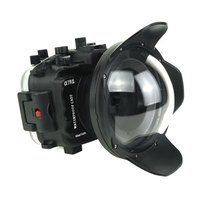
Sea Frogs Housing For Sony A7III. A7RIII With Flat Port And Dry Dome 8
950 €
-
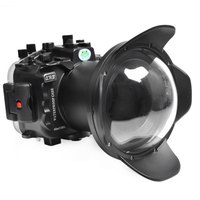
Sea Frogs Housing For Sony A7RIV With Flat Port And Dry Dome 8
761.49 €
-
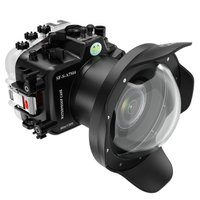
Sea Frogs Housing For Sony A7IV With Dry Dome 6
925 €
-

Weefine Wed-7 Pro HDMI Portable Monitor
1549.99 €
-

Weefine WED-5 HD Portable LCD Monitor
999.99 €
-

Sealife Micro 3.0 Pro Duo 5000 Set Action Cam
1540.49 €
-

Sealife Sea Dragon 2000F UW PVD Light
380.99 €
-

Sealife Reefmaster Rm-4K Camera
356.49 €
-

Sealife Reefmaster Rm-4K Pro 2000F Set
707.49 €
-

Sealife Micro 3.0 Camera
658.99 €
-

Sealife Micro 3.0 Pro 3000 Auto Set Camera
1105.99 €
-
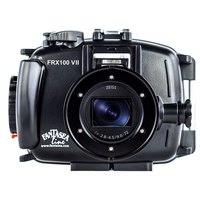
Fantasea Line Housing FRX100 VII S For Sony RX100 VI And VII Zoom Lmtd 24 - 66 mm
539.99 €
-

Fantasea Line Housing Fantasea FG7X III S For Canon G7X III
539.99 €
-

Fantasea Line Housing FG7XII S For Canon G7X II
539.99 €
-
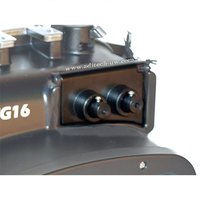
Fantasea Line Fiber Optic Adapter Nano FG16
34.99 €
-
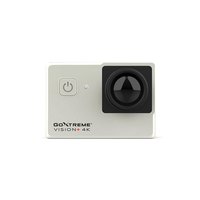
Easypix GoXtreme Vision+ 4K Camera
100.99 €
-
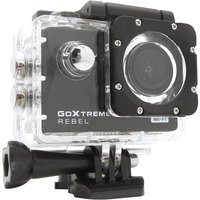
Easypix GoXtreme Rebel Camera
42.99 €
-
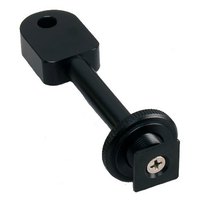
10bar Accesory Shoe To YS With 85 mm
28.99 €
-

Becam EIS 4K Light Version Camera
158.99 €
-

SJCAM SJ6 Action Camera
129.99 €
-

Midland H9 Pro 4K@30fps 20MP Cam
158.99 €
-

Midland H3+ Action Camera
52.99 €
-

Midland Belt Mount
19.99 €
-
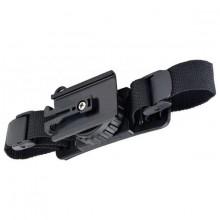
Midland Vented Helmet Strap Mount
19.99 €
-

National Geographic 9083000 Action Camera
93.99 €
-

Wasp 9907 4K Action Camera
151.99 €
-
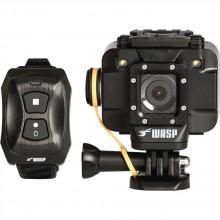
Wasp 9905 Wi-Fi Action Camera
105.99 €
How to choose a camera for scuba diving?
An underwater digital camera is essentially a camera that can be used to catch images and videos beneath the water and is preferred by the professional divers. It can be utilized for swimming, snorkeling, or with a remotely conducted aquatic vehicle. Some of these cameras are even automatic and can efficiently take shots from the water surface to catch images and videotapes on their own. And with advances in technology, smartphones have been created with submersible cases, making it possible even for the common person to take aquatic shots. There are distinct cameras created for use underwater, and they have trendy waterproof digital cameras. However, normal cameras can also be utilized for underwater photos but only with further lodgings for security against water and stress. Most housings originated to suit specific cameras and use materials such as aluminum and plastic. These housings have control knobs and buttons that help a photographer reach the cameras inside, hence enabling the use of its normal functions.Typically, underwater photogs use macro or wide angle lenses to permit close focus and hence get a short space between them and the subject to evade loss of clearness to scattering.
You can buy these underwater digital cameras from these brands: Best Divers, Sea frogs, Sealife, and Weefine. One of the major usages of underwater cameras is the display of aquatic documentaries. However, they also investigate underwater wrecks, seafloor topography, geological traits, dipped caves, coral, seaweeds, and invertebrates. The divers also grab images of each other during their diving adventure.
When choosing a camera for scuba diving, there are several factors to consider. Here are some important considerations:
Waterproofing: A camera for scuba diving must be waterproof, so make sure the camera is rated for underwater use and has adequate sealing to prevent leaks. Look for cameras that are rated to depths deeper than you plan to dive.
Image quality: Look for cameras with high resolution and good low light performance. A camera with manual controls for aperture, shutter speed, and ISO will give you greater control over the image quality.
Size and weight: A smaller and lighter camera is generally easier to handle underwater. However, larger cameras may offer better image quality and more advanced features.
Battery life: Make sure the camera has a long enough battery life to last for your planned dive time. Some cameras have options for using external battery packs or extra batteries.
Durability: Underwater photography can be tough on equipment, so choose a camera that is built to withstand the rigors of diving.

























